Xylodon paradoxus
Scientific name: Xylodon paradoxus (Schrad.) Chevall.
Derivation of name: Paradox- means "contrary to
expectation, marvelous, strange."
Synonyms: Schizopora paradoxa (Schrad.) Donk,
Hydnum paradoxum Schrad.
Common name(s): Split-pore polypore.
Phylum: Basidiomycota
Order: Hymenochaetales
Family: Schizoporaceae
Occurrence on wood substrate: Saprotrophic;
irregular in outline and variable in size due to fusion of
smaller fruit bodies; on hardwood stumps, logs, and
branches; June through November, overwinters.
Dimensions: Spreading, up to 15 x 30 cm with flesh
1-5 mm deep and tubes 1-5 mm long. Tubes/teeth longer
in the center than along the margin.
Description: Whitish or cream-colored (brownish with
age) resupinate patches on the tops, sides or bottoms of
decaying logs and branches. Viewed from the side,
the whitish patches often appear as rounded "bumps"
of slightly different heights because the tubes are
longer in the centers of the fruit bodies than at the edges.
Margin finely hairy, whitish. Pores variable in shape and
size: round and 1-4 per mm or angular to oblong to
daedaloid (i.e., maze-like). Tubes may become
toothlike (up to 4 mm long) when fruitbodies are
oriented vertically.
Edibility: Inedible.
Comments: This species resembles Irpex lacteus but
Xylodon paradoxus lacks the projecting cap-like margins
typical of
I. lacteus. Also, the pore surface of I.
lacteus
is uniformly flat unlike the "bumpy" pore surface
of X.
paradoxus. Finally, X. paradoxus exhibits more
variation in its tubes and pore openings than
I. lacteus
where most of the
tubes develop into flat, toothlike
structures.
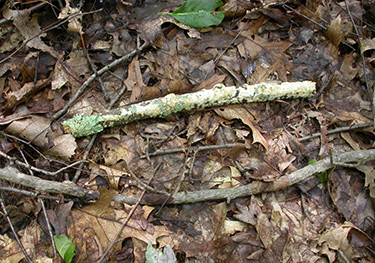
Figure 1. A branch covered with Xylodon paradoxus.
Lichens are also present.
Photo © Gary Emberger.
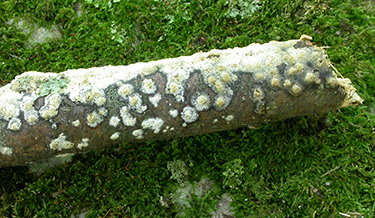
Figure 2. Many individual fruit bodies are present on the
lower portion of the branch. Fusion of individual fruit
bodies results in the continuous, sheet-like growth present
on the upper portion of the branch.
Photo © Gary Emberger.
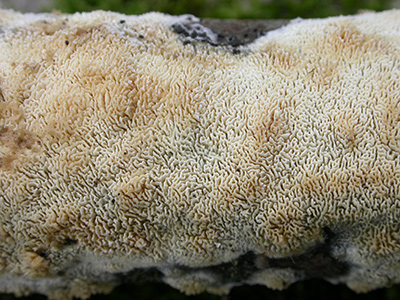
Figure 3. The pore surface of Xylodon paradoxus often
appears "bumpy" due to the longer lengths of the tubes in the
centers of the fruit bodies compared to the margins. The
brownish discoloration of the "bumps" of this specimen
occurred in response to handling by people..
Photo © Gary Emberger.
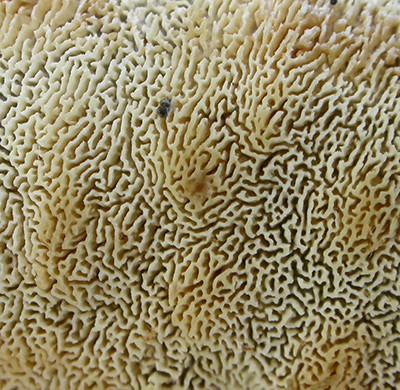
Figure 4. Close-up of the strikingly maze-like pore surface of
the specimen in Figure 3.
Photo © Gary Emberger.
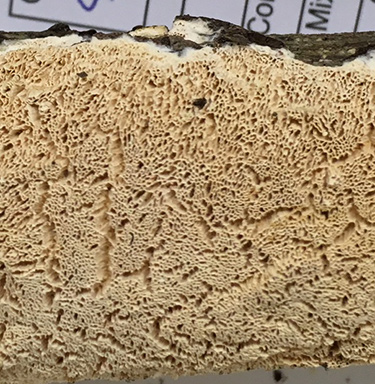
Figure 5. This specimen was collected at the 2019 NEMF
foray in PA. In contrast to the pore surface in Figure 4,
most of the pores of this specimen are rounded to oblong.
Photo © Gary Emberger.